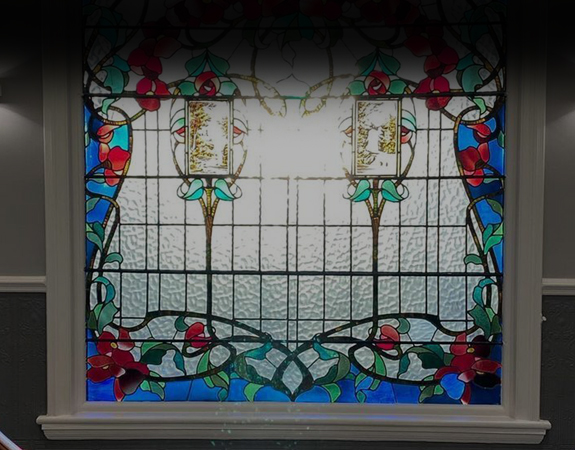What are the Advantages of Having a CEREC Restoration?
Leeds City Dentalcare offers patients CEREC restorations. These are all-ceramic restorations that are completed in just one visit to our dental surgery, but what are the advantages of having this type of treatment?
The most immediate advantage has to be the speed at which the restoration can be made. They can be completed while you are still in the dental chair, and have an extremely good reputation. This type of restoration has been in use for quite a while, as CEREC technology was originally introduced some twenty five years ago. This means there have been a significant number of longer term studies conducted into how well these restorations last. After five years in the mouth 95% to 97% of CEREC crowns are still in place. After ten years in the mouth, between 90% and 95% of inlays and onlays are still intact. These figures are just as good, if not better than those achieved by treatments regarded as being the gold standard. It has also been shown that 98% of patients rate the results provided by this treatment as being either good or very good.
CEREC is an extremely versatile system that can be used to create inlays and onlays, crowns and partial crowns, and even small span bridges. The restorations produced by our milling machine are impressively accurate, and ensure all margins are sealed against bacteria. Dr David Brown or another one of our dentist in Leeds can create beautifully natural looking replacement teeth that give excellent aesthetics. Our particular machine is very fast, precise and quiet, and enables us to complete several restorations in one treatment session. This type of restoration is also a very good choice if you require a longer term temporary bridge.
Oral Health Benefits of CEREC
CEREC restorations offer a couple of significant health advantages over conventional restorations. They have been found to be very good for inlays, and are likely to lessen the risk of cracks developing in the tooth enamel as there is no need to fit a temporary inlay while the permanent restoration is being made by our dental laboratory. A study that compared CEREC inlays with more traditional gold inlays and laboratory fabricated ceramic inlays found CEREC to be superior. The fact that the restorations can be fitted immediately helps to stabilise the remaining tooth structure. This type of restoration is extremely conservative, meaning the minimum amount of tooth structure needs to be removed, something that is an enormous advantage.
How it Works
The CEREC system uses the latest technology to scan your tooth using a small infra-red camera. The camera produces a digital image of your restoration that is perfected by your dentist before the details are sent direct to the milling machine. The beauty of this system is that you won’t need to have any impressions taken of your mouth. We know many of our patients find this uncomfortable so this system is of huge benefit. We will have matched the shade of your tooth to one of the blocks of porcelain. The blocks come in a wide variety of shades and translucencies giving very natural results. Once the restoration is milled it is characterised and stained, before being glazed or polished so you leave our cosmetic dentistry in Leeds with your treatment completed.
While this system is fantastic for many restorations, it is not suitable for all. There are certain times when it may be better to place a traditionally fabricated crown. This is something Leeds City Dentalcare will discuss with you at the time of treatment.




